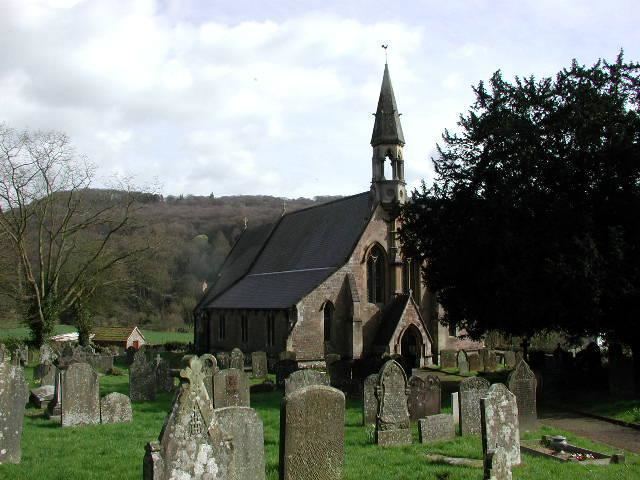Feast 2 July Name Oudoceus Oudoceus | ||
 | ||
Saint Oudoceus (Latin) or Euddogwy (Welsh) (fl. late 6th century) is generally known as the third Bishop of Llandaff in South Wales. In reality he was probably a 7th-century bishop at Llandeilo Fawr. Wendy Davies puts his episcopal reign between about 650 and 700.
Life
Land grants in the Book of Llandaff show Oudoceus as a contemporary of late 7th-century kings of South Wales. However his associations with Llandaff are very strong and it seems he was an early patron of the church there, where he is said to have placed relics of Saint Teilo. In the Life of St. Oudoceus it is related that Einion, King of Glewyssig, was hunting a stag amongst the rocks and woods of the river Wye, when the stag reaching the cloak of Oudoceus lay down on it, the hounds being then unable to touch it. He eventually retired to Llandogo, near Tintern, and died there one 2 July. He was supposedly buried at the church in Llandaff, on the site of the present Llandaff Cathedral. He is one of the three saints to whom it is dedicated.
Oudoceus's 12th-century hagiographic 'life' in the Book of Llandaff tells how he was the son of King Budic of Brittany, born in that country shortly after his father's return there from exile in Dyfed. His mother, Annauued, was said to be the sister of Saint Teilo and Budic promised that Oudoceus could train for a life in the Church under him. So Oudoceus came to Wales and eventually succeeded Teilo as Bishop of Llandaff. His brothers were said to be the saints Ismael Bishop of Rhos and Tyfei the martyr. But Oudeceus could not possibly have been the nephew or immediate successor of Teilo who flourished about a hundred years earlier. Furthermore, there is no evidence that Llandaff was the centre of a bishopric until at least the early 11th century. Oudoceus would have been a Bishop of Teilo, based at Llandeilo Fawr.
The 12th century Book of Llandaff as a whole was composed as an instrument to enhance the prestige of the see of Llandaff as reorganised by the Normans.
